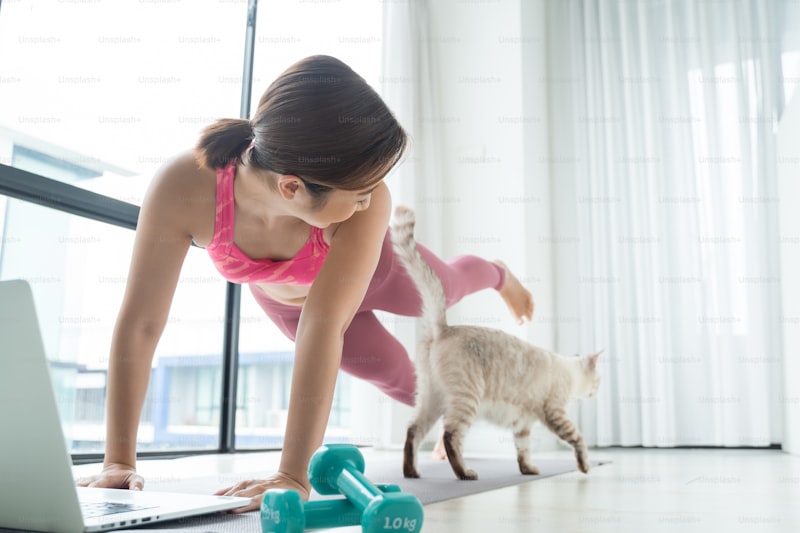Most people know about the glutes. We sit on them, sometimes we admire them for their tone and shape and many exercise regimes are aimed at strengthening them — but when and where do they fit into our yoga practice?
The Anatomy of the Bum
The glutes are a group of three muscles arranged in layers in the buttocks. Gluteus maximus is just under the skin, works to extend the hip joint and helps to provide some stability to the pelvis as it passes over the sacroiliac joint. Gluteus medius and minimus nestle under gluteus maximus and work to abduct and rotate the hip.
Since there’s a lot to cover on this topic, I shall put glutes medius and mimimus to one side and the hero of today’s story is gluteus maximus.
Gluteus maximus has a large origin from the back of the pelvis. It comes from the posterior surface of the ilium and iliac crest; the lower part of the sacrum and side of the coccyx; the fascia covering the erector spine and the fascia over gluteus medius. It forms a fleshy muscle that passes down and out to two tendinous insertions. One tendon attaches to the greater trochanter and iliotibial band, the other to the back of the femur.
Gluteus Maximus in Action
Gluteus maximus works isometrically in most standing poses to some degree or other. It works concentrically with the hamstrings to extend the hip when the foot is free — think non-standing leg as you move into Warrior 3 — and eccentrically as we move into forward folds. It is active on return from forward folds to standing upright where it draws the trunk upright on the fixed leg.
There are different schools of thought about whether the glutes should be active in back bends. Most teachers agree that a strong glute contraction can encourage over-extension of the lumbar spine and cause discomfort. Personally, I find that a gentle contraction of the outer edges of the buttocks and thighs subtly deepens back bends like salabhasana and dhanurasana when accompanied by an effective lower abdominal contraction. This activation of gluteus maximus helps to gain a little more hip extension through reciprocal inhibition, or relaxation, of the opposing muscles (iliopsoas, rectus femoris and pectineus).
As well as the actions that the muscle has upon the skeleton, gluteus maximus sends a massive 85% of it’s muscular contraction force to it’s fascial connections in the spine and hip. This means that it’s role in providing stability to this area of the body is huge.
See Also: 5 Poses to Healthy Happy Hips
Get the Best From Your Buttocks
As a physiotherapist I often see people who have glutes that are underactive and lazy. Often this is due to a sway back posture where the pelvis sags forwards over the toes rather than being balanced nicely over upright femurs. Other people present with hips that are mainly extended by their hamstrings rather than their gluteus maximus. Also, individuals suffering from back and sacroiliac joint problems frequently have little activity in all of their glutes because pain can actually deactivate them. None of these situations makes for a happy, healthy body.
No matter what the cause of inactivity, reconnection with the glutes will reap benefits in terms of pain relief throughout the spine and bring with it strength and stability around the spine, hips and pelvis. So how can we target gluteus maximus in our practice? I’m so glad you asked…
- Modified Superman — Working on all fours, keeping the pelvis and back level, extend one leg with the knee bent by taking the foot up towards the ceiling. A good way to focus the mind on this one would be to get your students to visualise themselves balancing an imaginary tray of drinks on their backs. This exercise is a really nice way to activate and isolate gluteus maximus early on in a sequence.
- Modified sun salutes — Moving from Child’s Pose to a kneeling modification of tadasana with arms overhead and back down both activates and strengthens gluteus maximus. This is lovely for students who are recovering from a long period of inactivity due to illness or injury and works well as accessible glutes work in classes for deconditioned students or those with balance issues.
- Chair Pose — This is one pose where research shows that gluteus maximus works hard. Cueing drawing back of the outer thighs and buttocks will help your students achieve the right muscle action.
- Warrior Poses — Gluteus maximus has been shown to be active in Warrior 1 as well. Though not directly proven by science, a strong back leg in any of the other standing poses that use a long stride base will require significant gluteus maximus contraction. In addition, the lifted leg in Warrior 3 activates gluteus maximus for lifting, holding and lowering phases of the pose. Warrior poses are great for glutes!
See Also: 10 Reasons We Love To Hate Chair Pose
In Summary
Bring back buttocks! Get to know your gluteus maximus! Focussing attention on these muscles will really enhance your practice. It will stabilise the hips, support the spine and deepen back bends. Then there is the added benefit of toning your butt. I ask you — what is there not to like about working your gluteus maximus?












